Tata Group Market Cap Fall 2025 - Causes, Leadership Challenges & Future Outlook
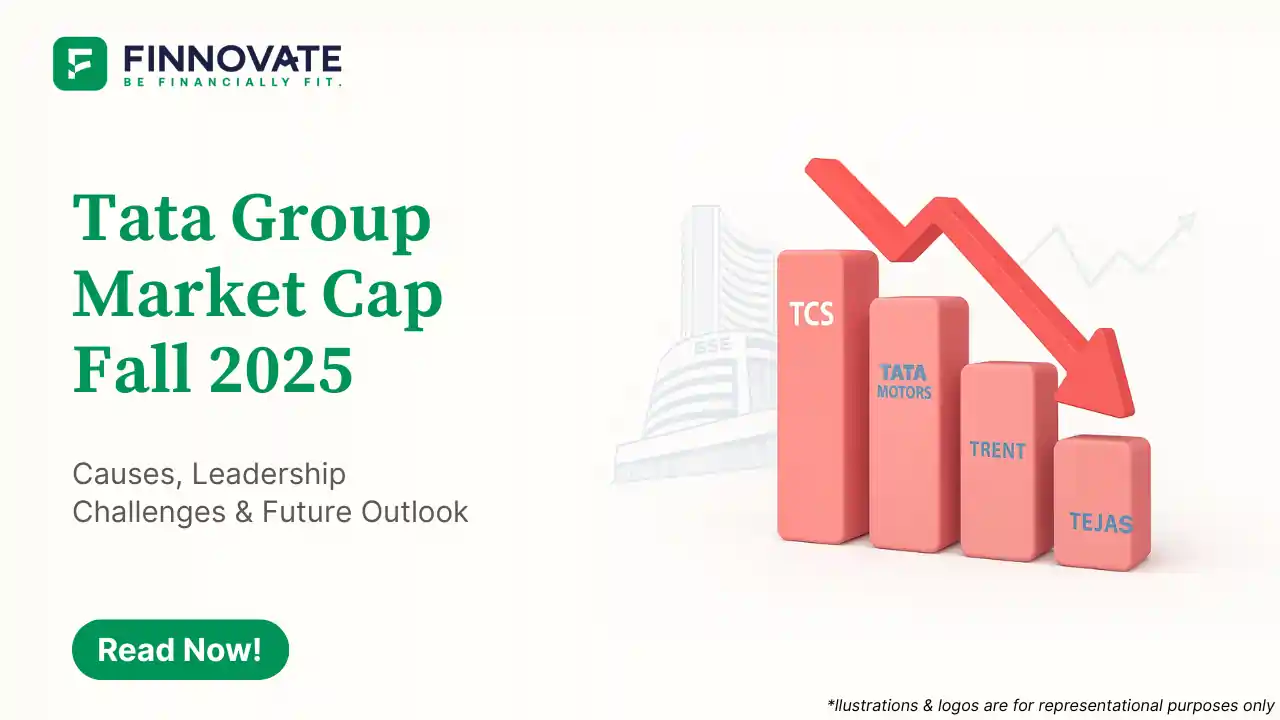
By

The Tata Group, India’s oldest and most diversified business conglomerate, is facing one of its toughest phases in recent memory. As India enters the final quarter of 2025, the group’s combined market capitalization has fallen sharply - wiping out billions in value and triggering questions about its long-term strategy and leadership direction.
In just nine months of 2025, the Tata Group has seen its combined market value erode by nearly $73 billion.
That’s a staggering number for a group that once comfortably dominated India’s corporate landscape - well ahead of Reliance Industries and the Adani Group in terms of market capitalization.
This sharp depletion reflects pressure across multiple flagship companies, from technology and automobiles to retail and telecom, raising concerns about whether the group’s growth engine is losing momentum.
The biggest drag on the group’s market capitalization has been Tata Consultancy Services (TCS), which has struggled with slowing top-line growth amid tariff and visa headwinds in key Western markets. Once the crown jewel of the group, TCS has now slipped below Bharti Airtel in market cap rankings.
Tata Motors, another key value driver, has also faced selling pressure. Weak demand for Jaguar Land Rover (JLR) products, coupled with the recent cyberattack on JLR servers, has rattled investor confidence. JLR has been the single largest contributor to Tata Motors’ global revenue, so any weakness here carries systemic impact.
Among the other names, Trent Ltd and Tejas Networks - both former value leaders - have corrected sharply, losing between 40% and 50% from their peaks.
While Tata Steel has held relatively steady due to commodity tailwinds, its size is too small to offset the broader decline across the group’s large-cap businesses.
Under N. Chandrasekaran, who took charge of Tata Sons in 2017, the group has undergone a massive restructuring effort. In the last nine years, the conglomerate has cut debt by over ₹30,000 crore and built stronger governance mechanisms.
However, the core question now is - what’s next for the Tata Group?
Its largest cash engine, TCS, is in a mature industry with slowing margins. Meanwhile, new initiatives in digital, semiconductors, and clean energy are promising but still lack scale and profitability.
Valuations thrive on visibility. The group’s near-term visibility on growth remains blurred.
The timing of this valuation slump is sensitive. Chairman N. Chandrasekaran’s term at Tata Sons runs until 2027, and while the board has largely supported an extension, Noel Tata is said to favor a leadership restructuring.
His proposal involves splitting responsibilities across a Chairperson, Managing Director, and Deputy CEO, ensuring greater accountability and paving the way for younger leadership within the conglomerate.
The valuation crisis could intensify this debate especially as the group seeks a revival strategy to sustain investor confidence in the face of growing competition from Reliance, Adani, and new-age tech-led conglomerates.
The Tata Group’s challenges are not about survival - but about reinvention. Its strengths in brand, trust, and governance remain unmatched, but its next leg of growth depends on how quickly it adapts to emerging technologies and global realities.
While the $73 billion value erosion may be temporary, it’s a clear signal that the group needs fresh catalysts - not just buybacks or debt cuts - to regain leadership in India’s corporate hierarchy.
The next two years could define how the Tata legacy evolves in a rapidly changing market.
Disclaimer: This article is for informational purposes only and is based on publicly available data. It does not represent any investment advice or official position of the Tata Group or its affiliates.
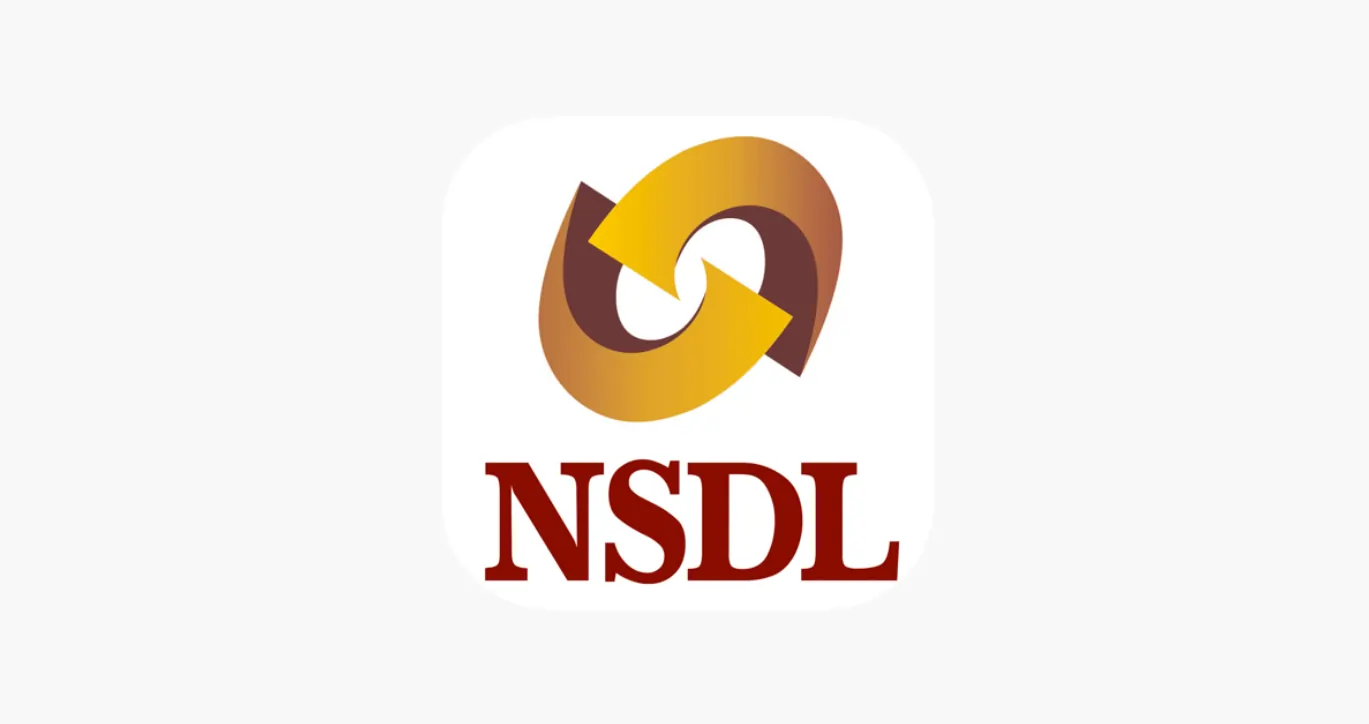
Learn how to easily download your NSDL CAS Statement in PDF format with our step-by-step guide. Follow our instructions to log in to NSDL e-Services, download your account statement, and subscribe for
Read Full
Explore what Specialised Investment Funds (SIFs) are, their benefits, taxation, minimum investment, how to invest, how they compare with mutual funds and PMS and latest developments in SIF space
Read Full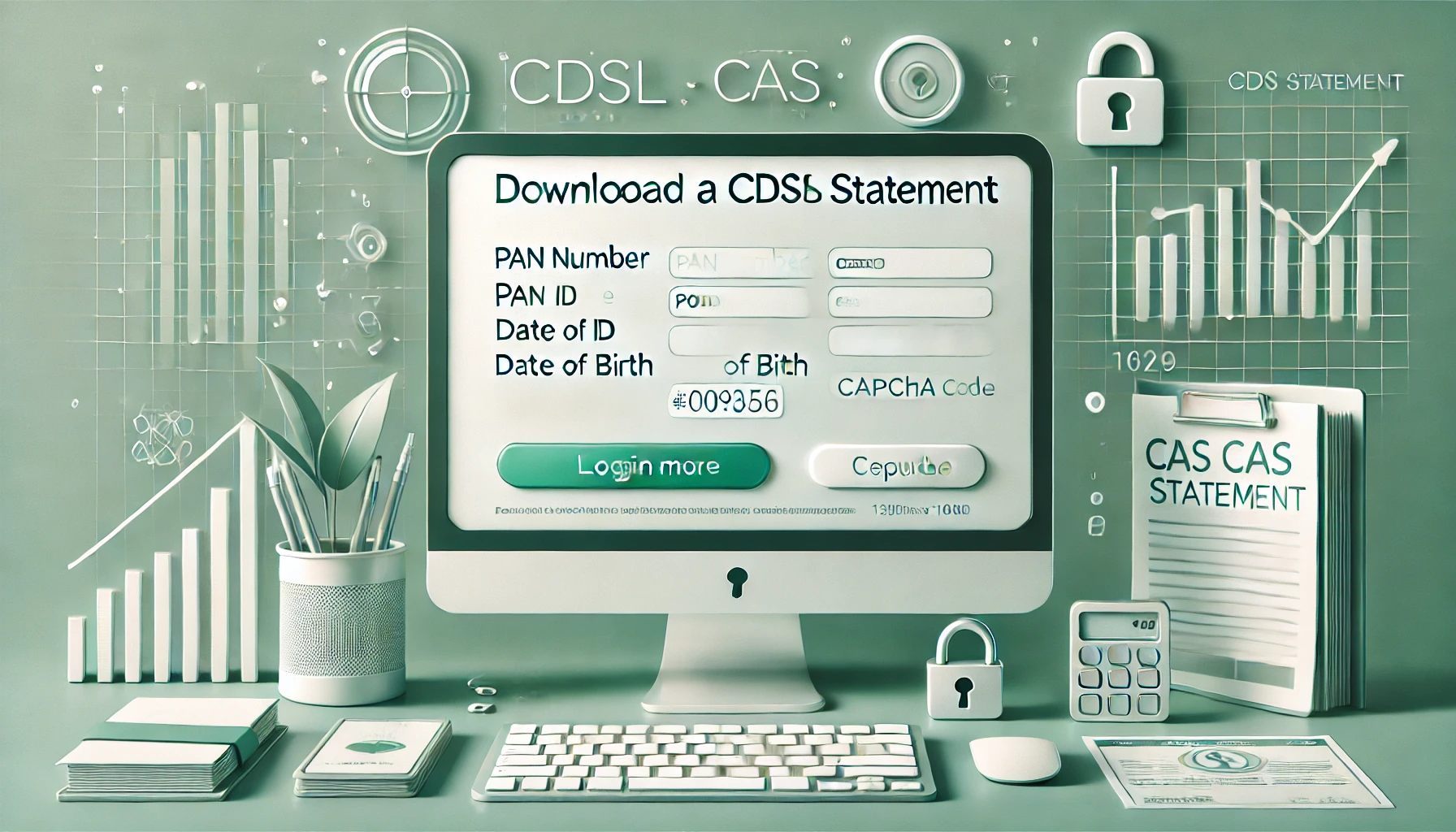
Learn How to Download Your CDSL CAS Statement with our step-by-step guide. Easy instructions for accessing your investment details online.
Read Full
Analyzing the potential economic impact of the 2025 India-Pakistan conflict on India's GDP growth, manufacturing sector, and foreign investment.
Read Full
Looking for the best financial freedom books? Here’s a handpicked 2025 reading list with summaries, why to read, and who it's best for.
Read Full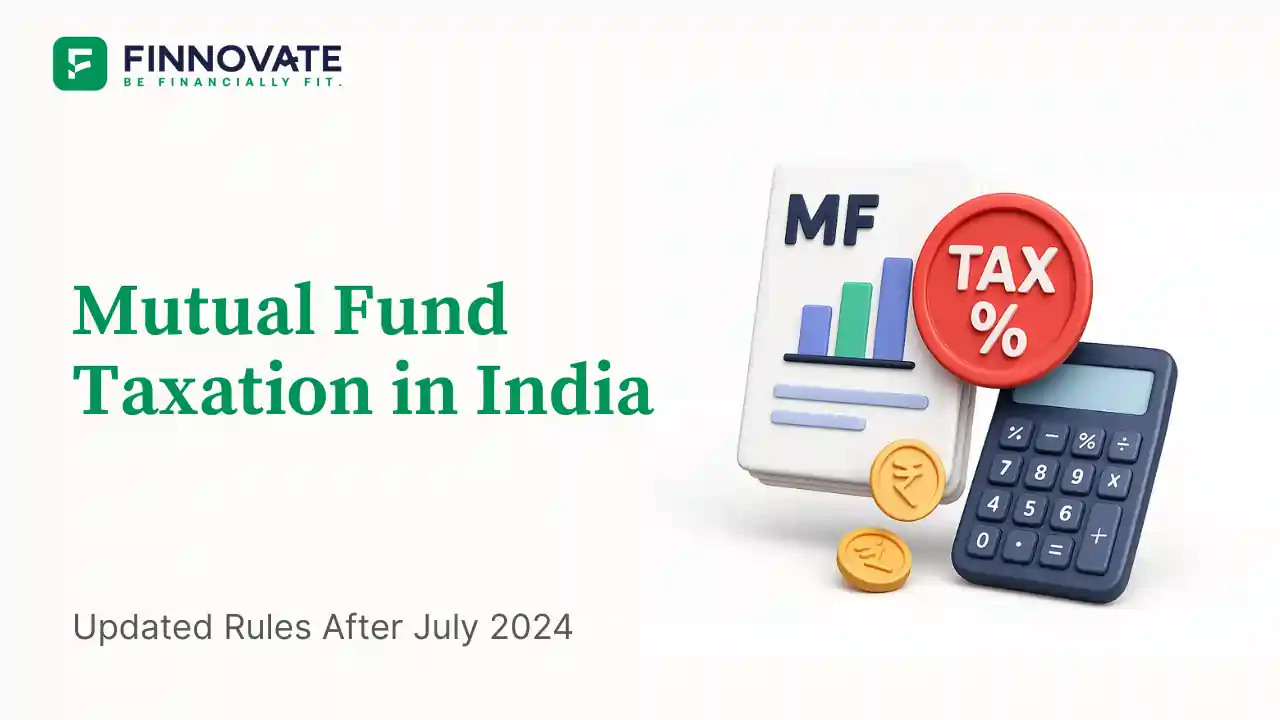
Clear guide to mutual fund taxation in India for FY 2025–26 after July 2024 changes: equity STCG 20%, LTCG 12.5% with ₹1.25L exemption, debt/hybrid rules, dividends, examples, tables, and FAQs.
Read Full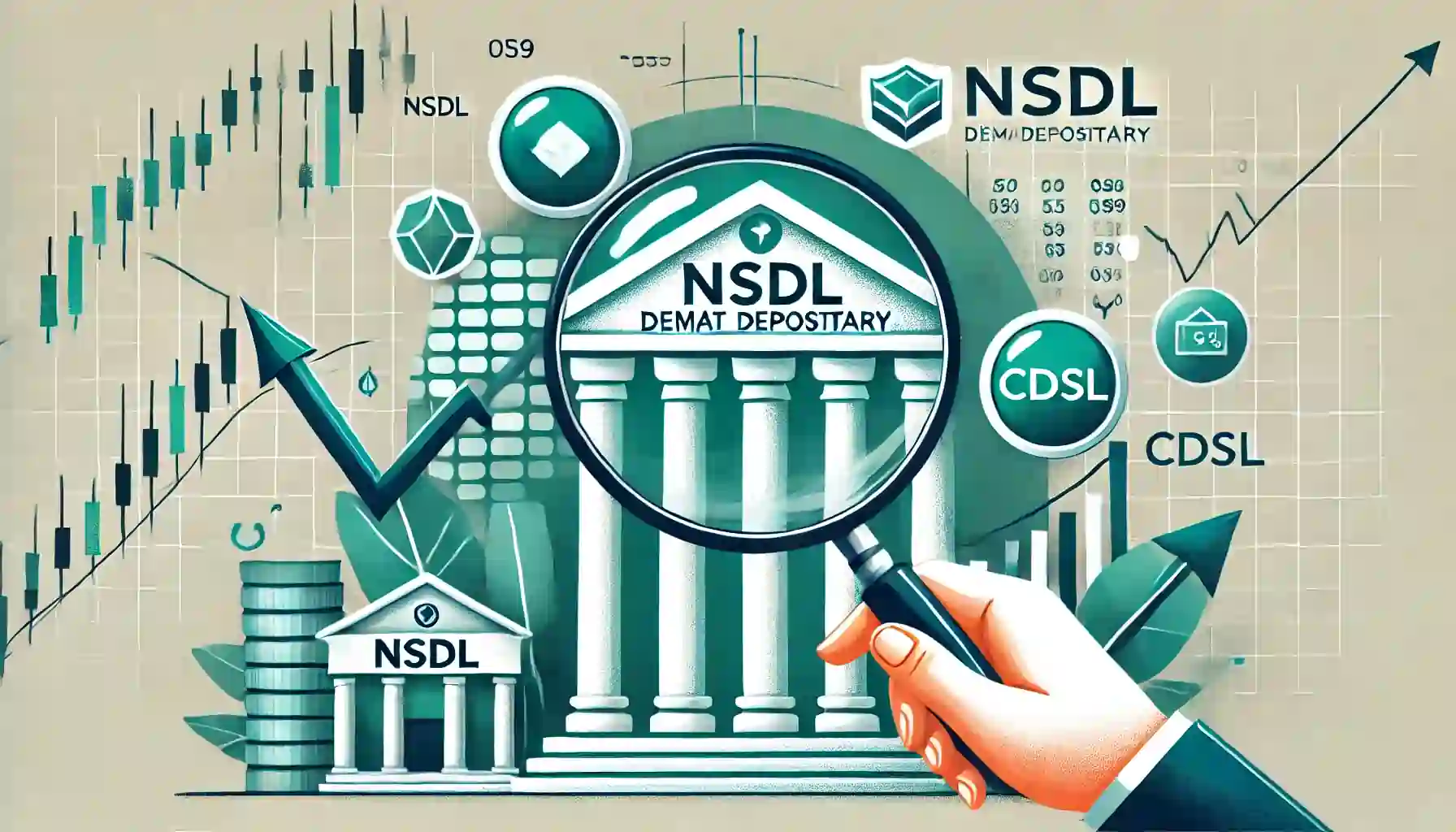
Determine if your Demat Depositary (DP) is NSDL or CDSL easily. Follow our guide to check using broking platforms or Demat account number formats
Read Full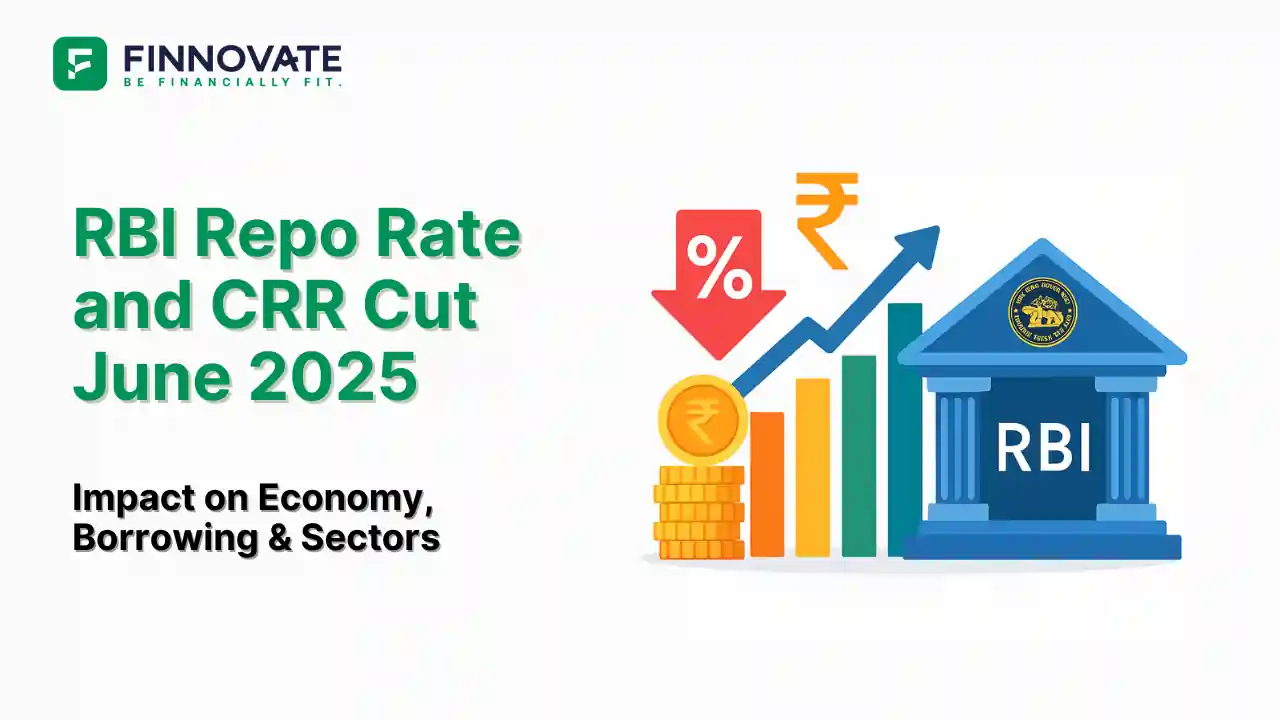
RBI cuts repo rate by 50 bps and CRR by 100 bps in June 2025 to boost growth. Learn how it impacts inflation, borrowing, sectors, and market trends.
Read Full